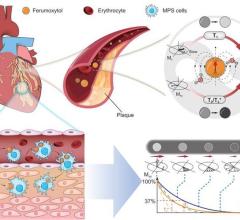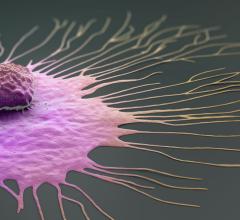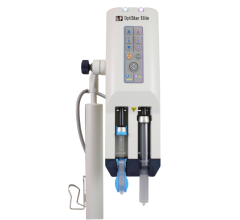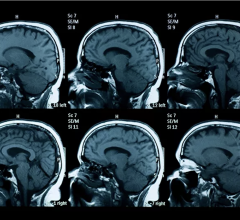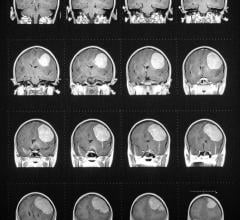April 20, 2007 - Researchers at the Harvard Medical School have developed a new technique that uses harmless light instead of X-ray imaging combined with a contrast agent that targets and highlights malignant micro-calcifications in the breast, while disregarding similar micro-calcifications found in benign breast conditions.
When used with a non-invasive imaging that uses harmless light instead of x-rays, researchers have found that the contrast agent could help clinicians diagnose disease within minutes and determine where biopsies are needed.
“Because this agent is highly selective in targeting the product of malignant tumors, this approach may prove most useful for monitoring women who have dense breast tissue or those who are at a higher-than-average risk for developing a malignant breast tumor,” said Dr. John Frangioni, M.D., Ph.D., associate professor of medicine and radiology, Harvard Medical School.
The new technique was presented at the 233rd national meeting of the American Chemical Society, the world’s largest scientific society held in Chicago, IL, USA in March 2007, by Harvard’s Kumar R. Bhushan, Ph.D., who led the chemistry group that participated in the study.


 July 09, 2024
July 09, 2024 



